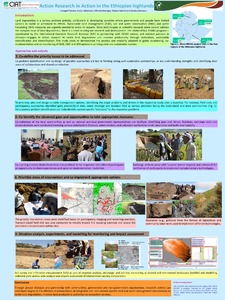Water Resources and Soil Management In Italy
Italy has always had a long dramatic history of extreme events such as landslides, flooding, land degradation and drought. Much has been done in terms of prevention and monitoring but still there is much left to do, in particular introducing innovative alert systems based on the integration of realâtime weather forecasting with national alert and protection systems.



